LANSA hosts the 'Pulses for Addressing Malnutrition' session

LANSA supported a session titled, ‘Pulses for addressing malnutrition’ at the Consultation on enhancing the productivity and profitability of pulses for addressing food and nutrition security organised to mark the International Year of Pulses. The event was held at M S Swaminathan Research Foundation (MSSRF), Chennai, India, on August 8, 2016. I had the privilege of chairing this session with R V Bhavani, Programme Manager of LANSA as the Convenor.
The session had several distinguished speakers, and in my introductory remarks as Chair, I observed that the topics extending from nutritional importance of pulses and its contributions to the diversity of the diet, its production and value addition, to integrated farming systems and comprehensive approaches of supplementing pulses through legume vegetables to strengthening women’s role in pulse production and nutrition. Reminding the audience that an earlier session made interesting observations on the distinction between pulses and vegetables - it was an artificial distinction!
Importance of Pulses in our daily diet
Consumption of pulses makes an important contribution to the nutrition in the daily or habitual diet. Pulses are an important source of protein (three times rich in protein) as well as rich in amino acids especially lysine. It complements the amino acid (AAs) profile of cereal proteins since the amino acid profile of pulses are low in Sulphur containing amino acids which are provided by the cereals. Sulphur containing AAs provide important antioxidant function such as the role of glutathione in health.
So, proteins and AAs from pulses complement those from cereals in the habitual diet in the absence of animal source proteins. Pulses are an important source of dietary fibre and of micronutrients such as iron and zinc and selenium as well as vitamins A, C, and folate. Consumption of pulses in the habitual diet provides high nutritional value especially in diets with limited or no animal source foods.
India is not only the largest producer but also the largest consumer of pulses in the world. This being the International Year of Pulses, the Consultation emphasised the global and regional priorities, as well as issues and challenges that need to be overcome to enhance productivity and profitability of pulses in addressing food and nutrition security.
Highlights from the presentations
Madhavan Nair, formerly of the National Institute of Nutrition, Hyderabad stated that pulses were also rich source of minerals and vitamins, and that they contained more iron, zinc, folate and vitamin C than cereals and millets. Pulses contributed about 25% of the recommended daily allowances for iron and zinc and folate. He said that the diet of rural communities in India based on survey data suggested inadequate intakes of pulses in their daily diets and also indicated that the risk of anaemia in the population was related to the intake of pulses in the diet. Pulses also contained phytates which reduce the bioavailability of iron that could be overcome by the introduction of fruits in the diet. These had implications, Nair said, for the meals provided by ICDS and the Mid-Day Meal programmes in India.
A S Panwar of ICAR’s Institute of Farming Systems at Meerut first provided an overview of the situation of pulse production in the country highlighting that we were barely meeting half the recommended intake of pulses. He said the yield of pulses in India (in Kg per hectare) was lowest compared to other countries and that 85% of the production was by small and marginal farmers. He highlighted the social, environmental and economic benefits of pulse production.
Since his presentation was focused on farming systems, he presented data showing how pulses yielded more protein (Kg/hectare of land) than rice and wheat and that diversification with a pulse crop increased the net monetary saving for a farmer's family. Sequential intensification and inter-cropping of pulses increased both productivity and profitability in a rice-wheat system. Pulse cultivation increased residues rich in protein and fibre which could serve as fodder for livestock and hence the introduction of pulses in the cropping system would be a major benefit to the farmer.
P M Singh of the ICAR’s Institute of Vegetable Research, Varanasi presented an interesting contribution on supplementing legume vegetables for pulses. Highlighting the importance of fruits and vegetables in diversification of the daily diet, he emphasised that vegetable legumes were a good source of protein, fibre, vitamins and minerals and were also versatile crops that could be grown from kitchen gardens, by smallholders and even on a commercial scale. They were also low input crops which improved soil health and at the same time fit into cropping systems of diversified agro-ecological environments. Many of these vegetable legumes were under-utilised and under-exploited and hence had a great potential to contribute to improving the nutritional status of a wide range of communities in India.
The gender component to this session was provided by Jatinder Kishtwaria of ICAR’s Central Institute for Women in Agriculture at Bhubaneshwar. In her initial overview she painted a picture of the current malnutrition scenario, and also the pulse production scenario in India. Her presentation included the important role that pulse consumption had on nutrition and how pulse proteins played an important role in the largely vegetarian Indian diet.
Highlights of her presentation was the emphasis on the dominance of women in agriculture contributing to 65% of the agricultural workforce and the important role of women in pulse production from harvesting, cleaning, drying and storage of pulses. She illustrated how pulse production was linked both to gender and nutrition. Ironically, she also indicated that low and high pulse producing states in India had high prevalence of malnutrition among women and children. Kishtwaria concluded her elegant presentation with the strategy to strengthen the linkages with socio-economic practices, science and technology inputs and reorienting policies and programmes.
V Prakash, who was one of the speakers for this session and was due to speak on the value addition for a balanced diet was unable to join for personal reasons.
The session concluded after a brief question and answer session at the end.

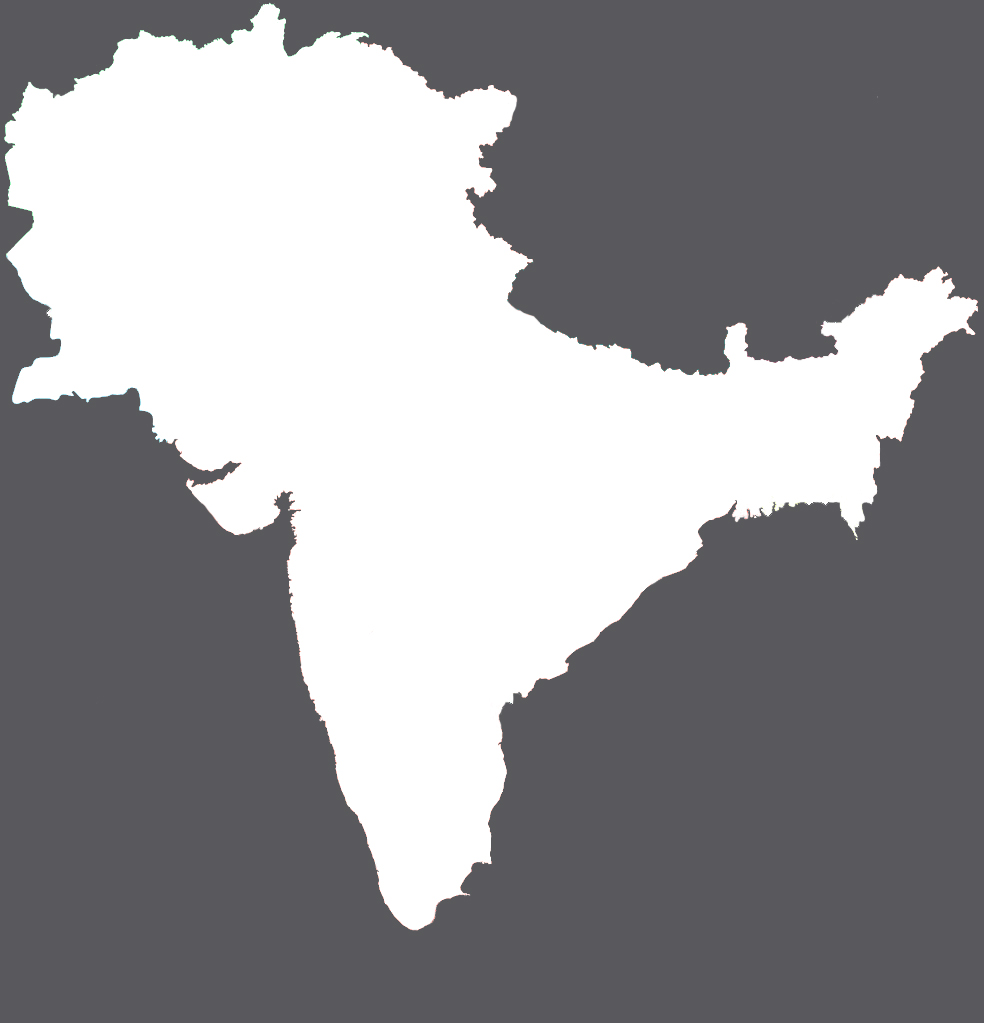
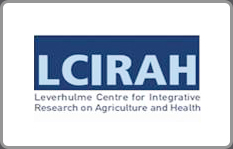
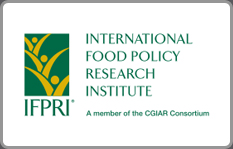
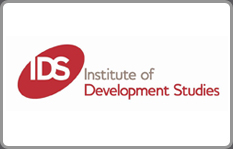


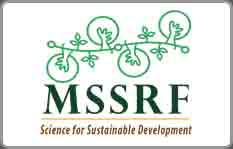
Add new comment